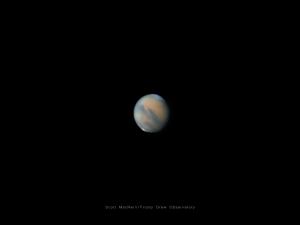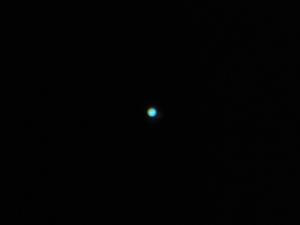Celebration of Space - September 16, 2022
This coming Thursday, September 22, 2022 at 9:04 pm ET, Earth will reach the point in our orbit where we are neither tilted towards or away from the Sun. This is the Autumnal Equinox and marks the first day of fall in the Northern Hemisphere. Those who live along Earth’s equator will see the Sun rise due east, pass directly overhead (zenith) at noon, and set due west. Allowing for nearly equal duration of day and night times worldwide. Since we are neither tilted towards or away from the Sun, sunrise and sunset times will be the same for corresponding locations in the Northern and Southern hemispheres. The Autumnal Equinox also signals a shift in day and night duration to the part of the year with longer nights than days in the Northern Hemisphere. All that aside, this event calls in the autumn season in the Northern Hemisphere and with it comes beautiful autumn colors, pumpkin pie, harvest festivals, Oktoberfest, spooky décor, maniacal leaf-peeping, lunar halos, the Andromeda Galaxy, and the inevitable dive into shorter days with cooler temps – a stargazers playground. So step out this Thursday evening and welcome the start of the autumn season and all the amazing trappings that come with it.
Overnight tonight, Friday – Saturday, September 16-17, 2022, Mars, the waning gibbous Moon, and the bright red giant star Aldebaran will be putting on a beautiful conjunction. It’s also good to note that Mars has started to rise in the nighttime hours before midnight, making Mars increasingly accessible to evening sky watchers. The conjunction will become visible over the ENE horizon just before 11:00 pm. ET, becoming easily visible after midnight. For those out during the early morning hours, especially closer to pre-dawn, you will get the best view as the conjunction will be almost due south and high in the sky around 5:00 am. What you will see earlier in the night will be the Moon, Mars, and Aldebaran in a straight line, parallel to the horizon. The north-most object will be the Moon with Mars in the middle. Each object will be about 5° apart.
As for Mars, late 2022 will be a fantastic time to catch a view. Due to Mars’ 687 day orbit around the Sun, compared to our 365.25 day orbit, we see Mars every other year in the night sky. During Mars’ opposition period, which is when Earth ends up in between Mars and the Sun, Mars will become exceedingly bright in our night sky. This is the best time to catch a view in a telescope as Mars will appear quite large, sporting views of the polar ice caps, volcanoes, canals, planitia, and maria. We will write more on this topic as we start closing in on the early December opposition. Until then, be sure to step out overnight tonight and catch a view of the conjunction.
Speaking of opposition, tonight is the night that Earth orbits into alignment with the Sun and Neptune, with Earth ending up in between the Sun and Neptune. This is the opposition of Neptune, and places the planet Neptune into best viewing. Since it takes Neptune 165 years to orbit the Sun, Earth catches up to it every year with little change in Neptune’s position in the sky year to year. With the planet moving eastward about 2.2° yearly against the constellations. Even during the opposition period, when Neptune is nearing its closest point to us, the blue planet is still over 2.6 million miles distant, which will delay our view of the planet by nearly 4 hours. Over the next several weeks at Frosty Drew Observatory, we will take a peak at Neptune in the large 24 inch telescope. Stop in and see it for yourself!
- Author:
- Scott MacNeill
- Entry Date:
- Sep 16, 2022
- Published Under:
- Scott MacNeill's Columns




